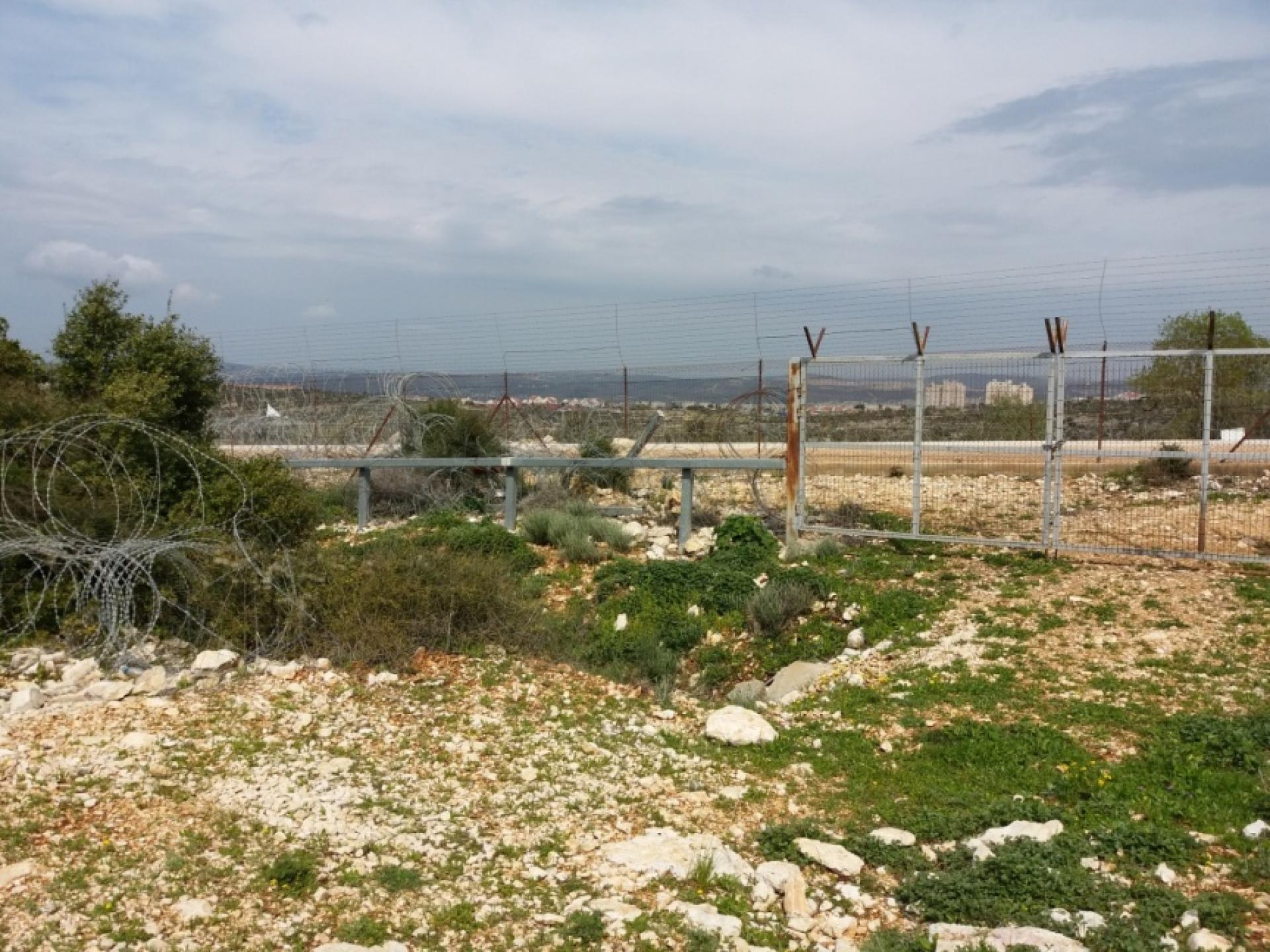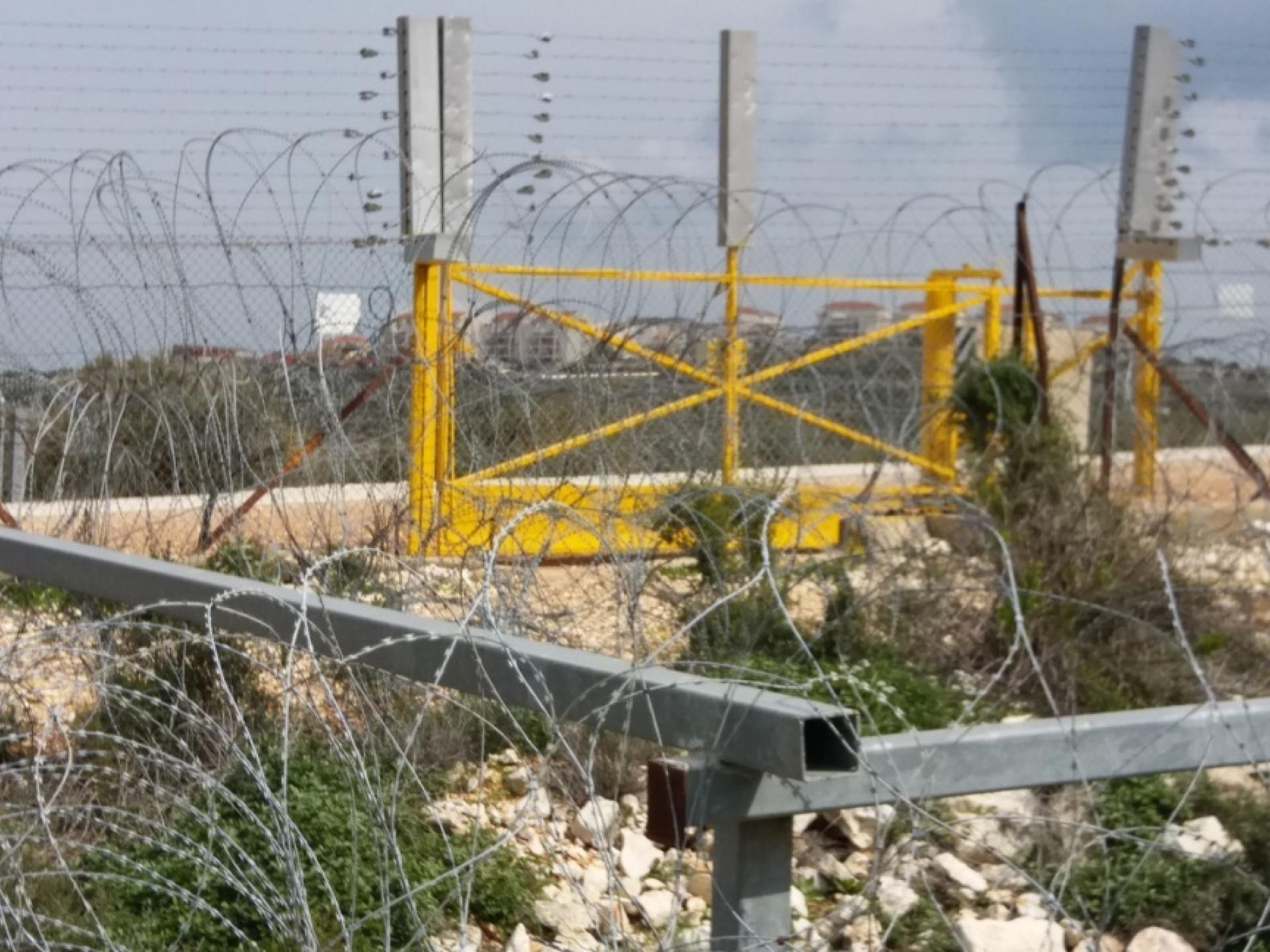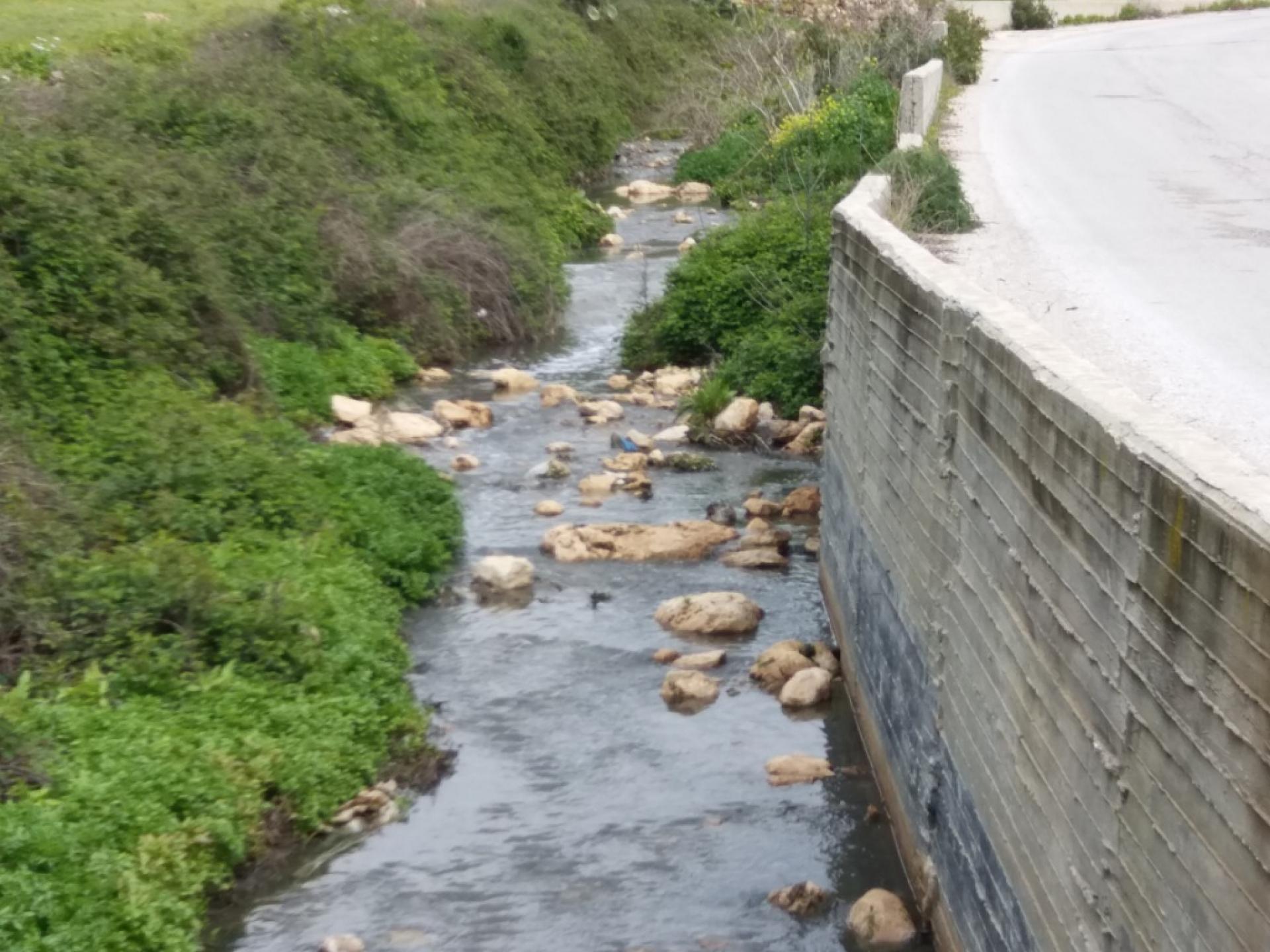A visit to the Palestinian communities of Salfit, Rafat and A-Luban


At the entrance to Salfit, coming from Ariel, we met a resident who told us about the situation in his town:
The municipal building is spacious, modern, with limestone floors.
Salfit has 15,000 residents. Together with the 18 villages in the area that form the Salfit sub-district, the population numbers 75,000.
60,000 settlers in 24 settlements live in the area. Salfit is three kilometers south of the Ariel settlement, 510 meters above sea level.
Salfit’s residents own 27,000 dunums, 4,000 of them land on which Ariel was established.
Between Salfit and Ariel is a broad expanse which Salfit farmers can access only by coordinating with the Israeli DCL, twice yearly for the olive harvest and for plowing, through three seasonal checkpoints: 4008, 4012 and 4017.
We aren’t able to reach those checkpoints because Salfit is located in Area A which we wouldn’t be able to exit, and the security road is on the other side, even though the gates are located in Area C.
are located in Area C.
For the most recent harvest, which was meager, they received permits only for 20 days, and they haven’t yet applied for plowing permits because of the rains. They intend to apply at the end of the month.
Permits: each village applies independently, based on its needs and at a time it deems appropriate (the weather varies among the villages).
Salfit was once known as Little Moscow.
Education: Salfit has eight schools, including two high schools. Elementary school classes are mixed, girls and boys together.
There are two universities in Salfit. Many residents, men and women, have tertiary education. The problem is that academics have no work.
Water: They receive 2000 cubic meters a day from Israel. In summer the amount is often reduced by ten percent.
There are springs in the area, whose water is used only for drinking. Salfit has a laboratory that checks water quality daily (because of sewage problems).
Electricity: there are no problems.
Sewage: A German sewage treatment firm began to build the installation but it will begin operating only in a year and a half. He said the delay is due to the Israeli army. Ariel’s sewage flows toward Salfit’s springs which is why they must test the water every day. The pollution caused by the two localities has become an environmental nuisance and a health danger.

Israel required the Palestinians to erect a joint sewage treatment plant for Salfit and Ariel. A small portion is in Israel. Some residents are employed by the Palestinian authority and only ten percent of the residents are employed in agriculture.
A little bit about politics: According to the Oslo accords, the Palestinian Authority allowed the Israeli army to enter Area A for five years to pursue terrorists, until the establishment of the Palestinian state.
The Palestinians fulfilled all their obligations but the Israelis didn’t fulfill any of theirs and the army continues to enter Salfit and arrest Palestinians. This cruel occupation must end. All empires have fallen. The Israeli occupation will also end, he promises.
Members of Neturei Karta visit them occasionally. They come to declare their support and they will be happy to live under Palestinian rule.
Rafat
We met the head of the municipality.
Rafat is located on highway 446, south of the Maskha junction and Zawiyya.
It’s a small village with 3000 residents. They have 8125 dunums but some 3000 are located beyond the fence. Checkpoint 5058, to the west, never opens.
Until 2006, residents of Rafat grew wheat and other crops. After the fence was erected they were forced to stop working in agriculture. Their lands extend westward to the new Rosh Ha’ayin.
They are able to cross via Zawiyya – a three hour walk in each direction because they’re forbidden to use vehicles. On their lands up to the fence they grow only olives.
An attorney from Tira is handling the theft of lands. He submits an appeal every year, but there have been no results.
All in all, it’s fairly quiet in Rafat. The army and the settlers don’t show up.
The painful problem is the theft of land. (I’ll contact the Moked for the Defense of the Individual and the Association for Civil Rights in Israel to see whether they can help.)
Water and electricity: there aren’t any problems.
A-Luban
We continued south on highway 446, a lovely road.
A-Luban is located 2.3 kilometers southwest of Beit Arie.
A-Luban’s municipal building was closed. We met the head of the municipality next to her home. She’s a secretary at the school and opens the municipal offices only when it’s necessary. She’s able to meet with us some Friday or Saturday, along with other municipal council members.
We returned to Israel through the Rantis checkpoint.
